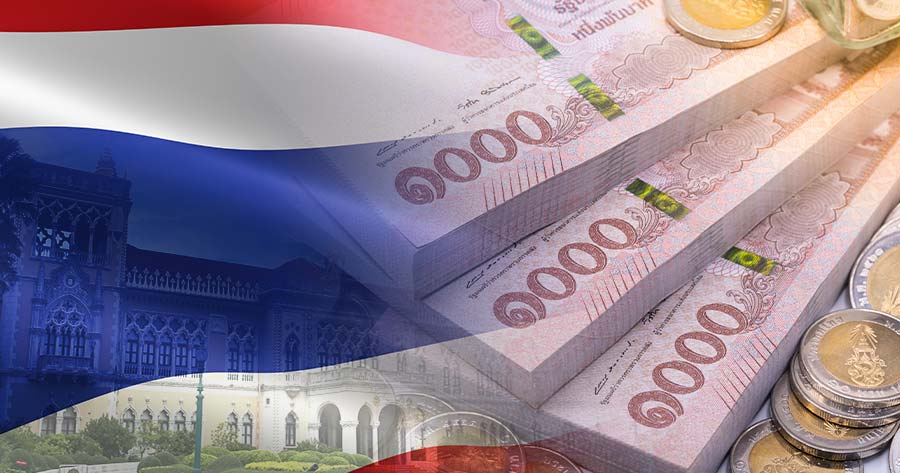Kiatnakin Phatra Securities (KKPS) noted that Thailand’s new government, led by Prime Minister Anutin Charnvirakul, officially assumed office this week, marking the country’s third change in leadership in two years since the 2023 election. The administration set out its policy blueprint before parliament on Monday, making constitutional reform—an agreement with the People’s Party—its primary objective.
At the forefront of the new administration’s agenda are short-term economic stimulus initiatives designed to bolster the sluggish economy. Key measures under consideration include the reinstatement of the Half-Half co-payment scheme and a debt moratorium for individual borrowers. Although comprehensive details of the stimulus program remain pending, several components have already been outlined.
In a recent interview, Paradon Prissanananthakul, Minister attached to the PM’s Office, indicated that the stimulus package is scheduled for launch by the end of October and will be divided across three target groups:
- Approximately 13 million state welfare cardholders are slated to receive THB 1,700 each, with a total budget of THB 22.1 billion.
- Personal income tax filers, totaling around 11 million, will be eligible for 60% spending support—capped at THB 2,400 per person and a THB 200 daily limit—requiring a budget of Bt26.4 billion.
- Roughly nine million other citizens are set to obtain THB 2,000 each, with a corresponding allocation of THB 18 billion.
However, the government faces obstacles in funding the initiative. The FY2026 budget earmarks just THB 25 billion for economic stimulus beginning in October 2025, while about THB 60 billion remains in the FY2025 central budget, set to expire on September 30, 2025. Any delay in approval could necessitate tapping into the FY2026 central budget or reducing the program’s scale.
Fully implemented, the stimulus outlay would reach THB 66.5 billion—around 0.36% of Thailand’s nominal GDP. Drawing on research by Athiphat Muthitacharoen, the fiscal multiplier for such a program is estimated at just 0.4x, suggesting the measures would lift GDP by only 0.1 percentage point.
The administration also appears poised to advance a debt moratorium aimed at individuals with obligations up to THB 100,000, initially through state-owned Specialized Financial Institutions (SFIs). While specifics remain under discussion, it is anticipated that the government will partially subsidize interest payments to these SFIs via quasi-fiscal mechanisms.
For borrowers with commercial bank debt, authorities may dip into the remaining THB 55 billion balance from the Financial Institutions Development Fund (FIDF) fee to offset interest payments. The securities firm warned that reliance on off-budget resources could prompt renewed scrutiny over fiscal discipline.





